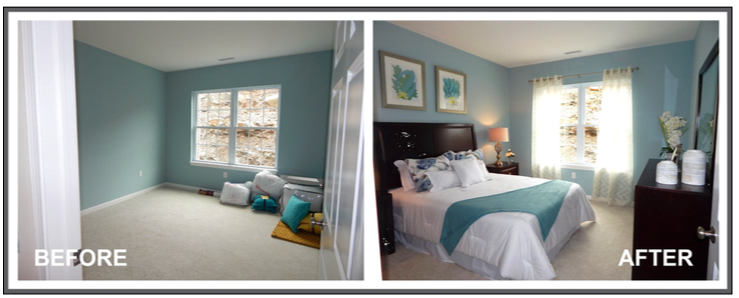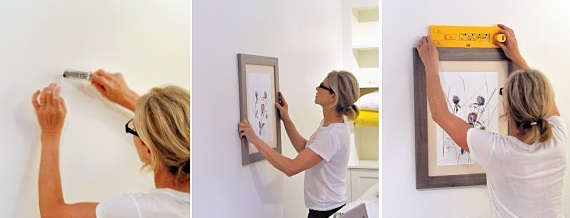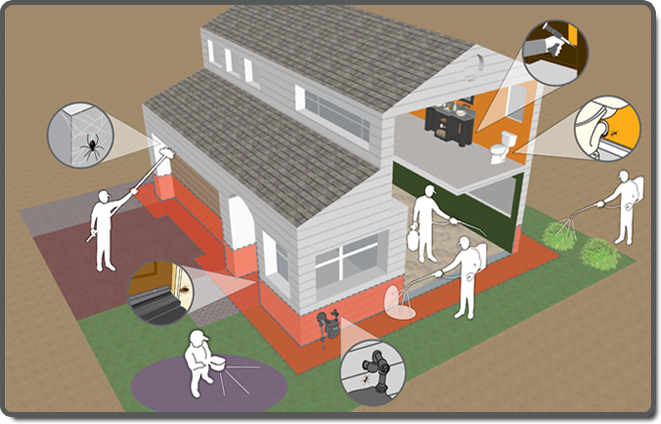Late Winter Gardening Maintenance for New Castle County, DE

Birds are singing, the days are noticeably longer, and your yard is looking as drab as Winter. Here are some guidelines for late winter outdoor maintenance so you can take advantage of warmer days to get a jump start on the growing season.
-
- Now is a great time to prune dead wood and suckers out of flowering trees and shrubbery. If you have plants that bloom in spring or bloom off old wood, wait to cut it back until after it flowers. Cutting them back now will take off the new flower bud.
-
- After pruning fruit trees, spray with neem oil to help prevent any pests that have overwintered and can destroy your Summer harvest.
-
- Rake leaves and other debris so your lawn can absorb as much sun as possible to look its best. Place debris in the compost pile.
-
- Don’t wait to start mowing the lawn in a few months to find a mechanical problem. Home Depot offers some tips for getting your lawn mower ready for the busy season.
-
- Check your irrigation system for any cracks if the cold weather has been brutal this year.
-
- Have your garden soil tested through your local cooperative extension service.
-
- If you haven’t already, get your seeds ordered and started as soon as possible. The Old Farmer’s Almanac has some great advice for indoor seed-starting.
-
If you see daffodils blooming, that means it’s time to get cold weather veggies in the ground: onions, garlic, sweet peas, salads, carrots and potatoes are cold-hardy and will be ready for harvest first!
-
- Cut back ornamental grasses and mow any natural wildflower landscaping you may have.
-
- Don’t put away the bird feeders just yet--keep them full, because winter fruit is fading, and their favorite insects haven’t ventured out yet. Clean your hummingbird feeders with a bottlebrush dipped in warm water with white vinegar, rinse, and allow to sir dry. If you’re not sure when to fill them and have them ready, read this hummingbird Spring migration information from The Spruce.
-
-Mulching now is a good idea, unless there has been a lot of snow and rain in your area. Before you put down new mulch, make sure the ground has had some time to dry out.
Maintaining plants and plant beds in late Winter will give you great results when the growing and harvest seasons begin. Your outdoor space is a year-round job and getting an early start may save you some time and energy when the temperatures are soaring.
Courtesy of New Castle County DE Realtors Tucker Robbins and Carol Arnott Robbins.
Photo credit: getholistichealth.com

.png)
.png)


.png)
(3).png)



.png)
(2).png)





